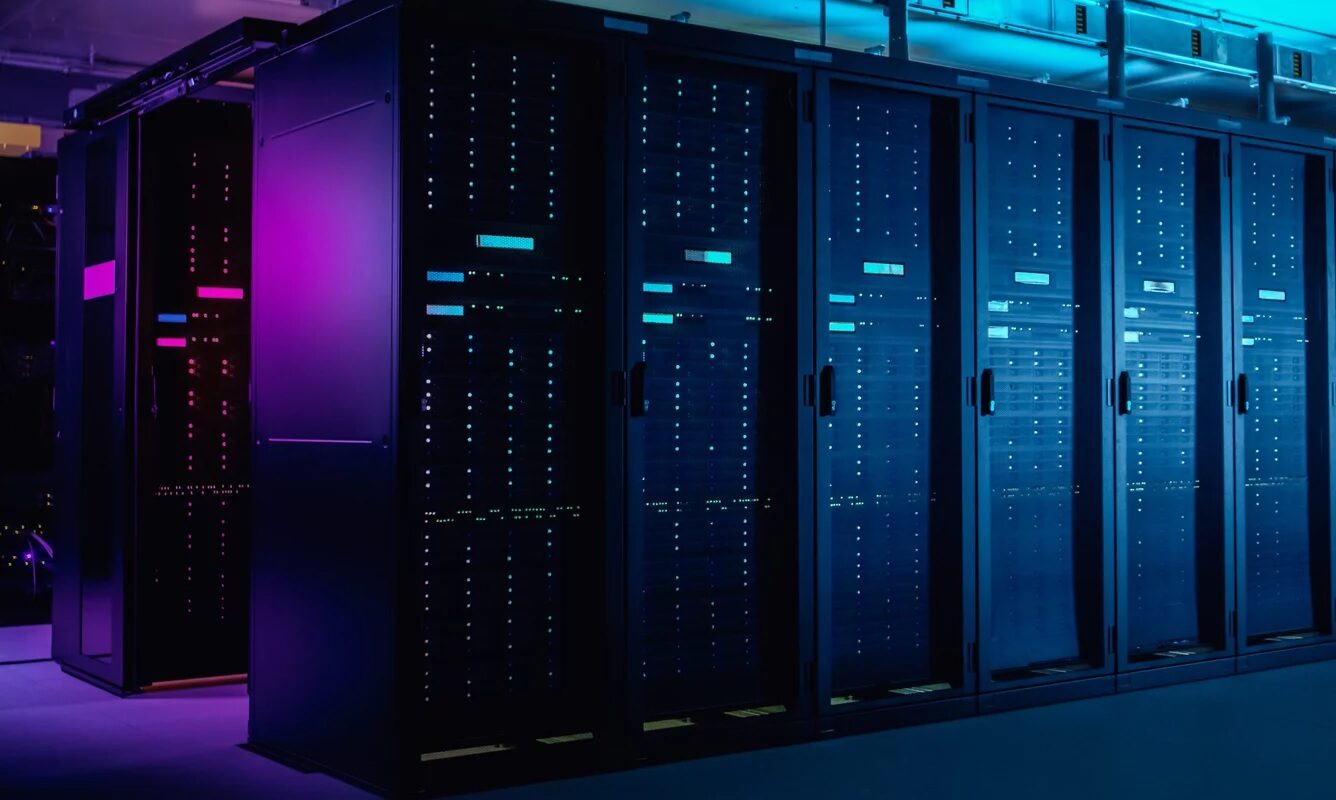Abstract: Modular data centers are prefabricated infrastructure modules that can be assembled on site to create a functional data center more quickly than traditional brick-and-mortar facilities. This article discusses the advantages of modular data centers, key components, design flexibility and how they are revolutionizing the data center industry.
Introduction
Data centers are vital infrastructure that powers the digital economy but traditionally building one takes over a year and costs millions. Modular data centers offer an innovative alternative, providing fully functioning data center capacity in just a few months at a fraction of the cost and footprint of brick-and-mortar facilities. Modules containing all the necessary components arrive pre-built and integrated to be rapidly installed on site. Modularization is transforming how data centers are designed, deployed and managed to better support today’s dynamic technology requirements.
Standardized Modules
A Modular Data Center consists of several standardized enclosure modules that serve as individual data halls, offices and security and electrical rooms. Instead of spending months designing and installing full systems, operators get standardized 40ft modules that arrive 80% complete. Modules contain pre-installed racks, electrical systems, fire suppression, cooling and other infrastructure allowing operators to custom-configure capacity and scale up or down on demand. This approach offers much faster deployment than ground-up construction and reduces cost and space requirements significantly.
Flexible Design
While modular infrastructure ensures fast deployment, it also offers tremendous design flexibility. Operators get to choose module sizes, layouts, capacity and location-flexible modules. They can select from various power and cooling capacities of modules and arrange them in energy efficient hot/cold aisle configurations. Modular designs also allow for future expansions by simply adding or removing modules as requirements change. This flexibility is a huge advantage compared to static traditional facilities. Modular designs also provide redundancy and high availability as modules continue operating independently even if one fails or requires maintenance.
Greener Infrastructure
Modularization promotes more sustainable data center operations. Modules come with their own built-in electrical and mechanical infrastructure so consumption is more controlled and efficient compared typically less energy efficient onsite installations. Modules are also 60% more space efficient compared to brick-and-mortar designs saving millions in real estate costs. Their controlled construction in factories results in 60% less construction waste compared to field construction. Integrated monitoring inside standardized modules also makes energy consumption more visible and optimizable. Together these benefits are substantially reducing the environmental impact of data centers.
Case Study – Modular Data Centers in Action
EdgeConneX deployed one of the largest modular data center projects at their Chicago facility. The company required over 10MW of IT capacity but wanted it deployed in under 6 months, far quicker than brick-and-mortar builds. 60 standard modular enclosures with integrated racks, cooling, fire suppression and generators were installed at the site within 5 months. Each module represents 1MW of capacity. The modules connect easily to existing utility lines through customized skid installation. The deployment quadrupled their capacity instantly while using only a fraction of space of a traditional project.
Stream Data Centers deployed multiple modular sites for AT&T across the U.S. Within 12-18 months they helped deploy over 40MW of capacity through modular clusters in San Jose, Phoenix and several other markets. The modular sites provided the fast deployment AT&T needed to scale 5G and edge computing services to their customers in record time. Stream Data Centers developed their own modular designs that allowed for future phased expansion while meeting AT&T’s reliability and performance needs.
Future of Modularization
As digitalization accelerates and more services move to the edge, the agility and scalability of modular data centers will be crucial. Modular designs are increasingly being standardized into optimized portability form factors to allow relocating pre-built infrastructure wherever needed. Advances in areas like modular micro-grids, immersive liquid cooling, renewable energy integration and autonomous operational tools are pushing the capabilities of modular infrastructure to new levels. Experts predict most new deployments will be modular-based rather than traditional builds due to their competitive advantages. Modularization is revolutionizing data center design and will play a lead role supporting tomorrow’s dynamic and distributed IT needs.
*Note:
- Source: CoherentMI, Public sources, Desk research
- We have leveraged AI tools to mine information and compile it


